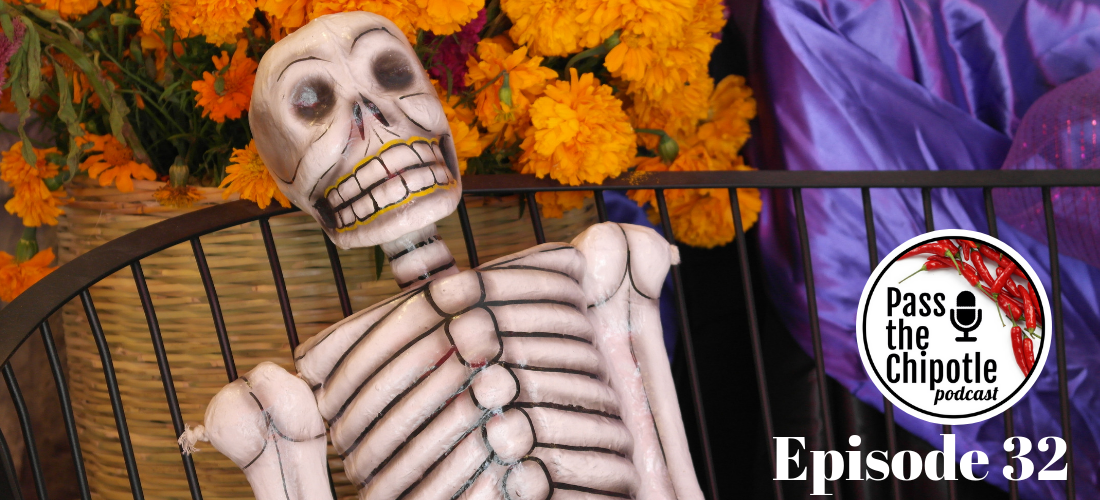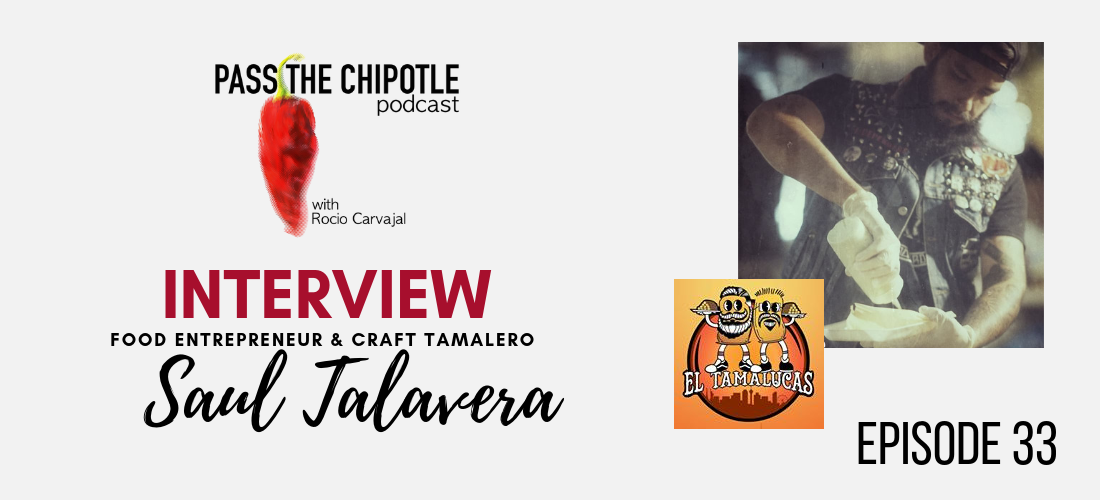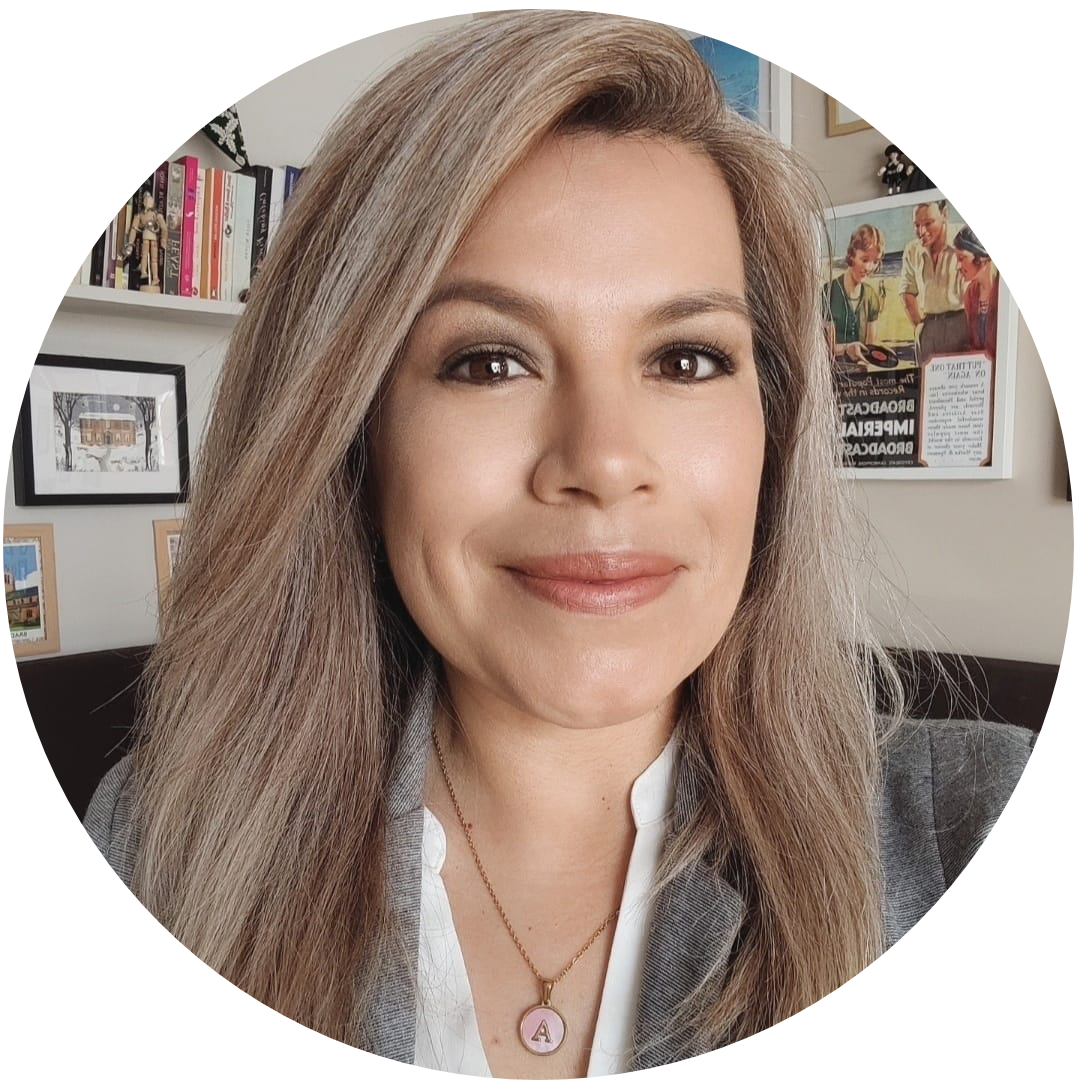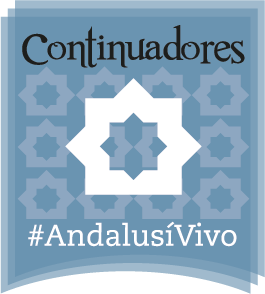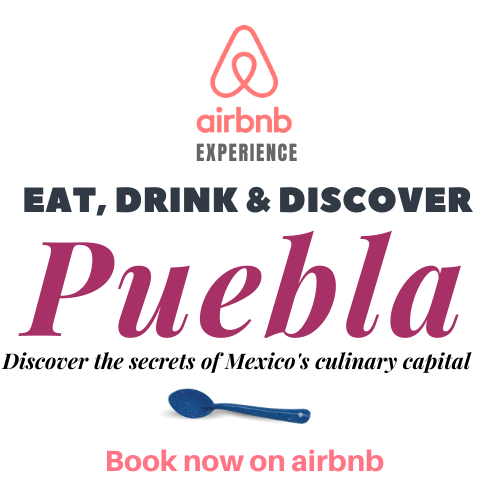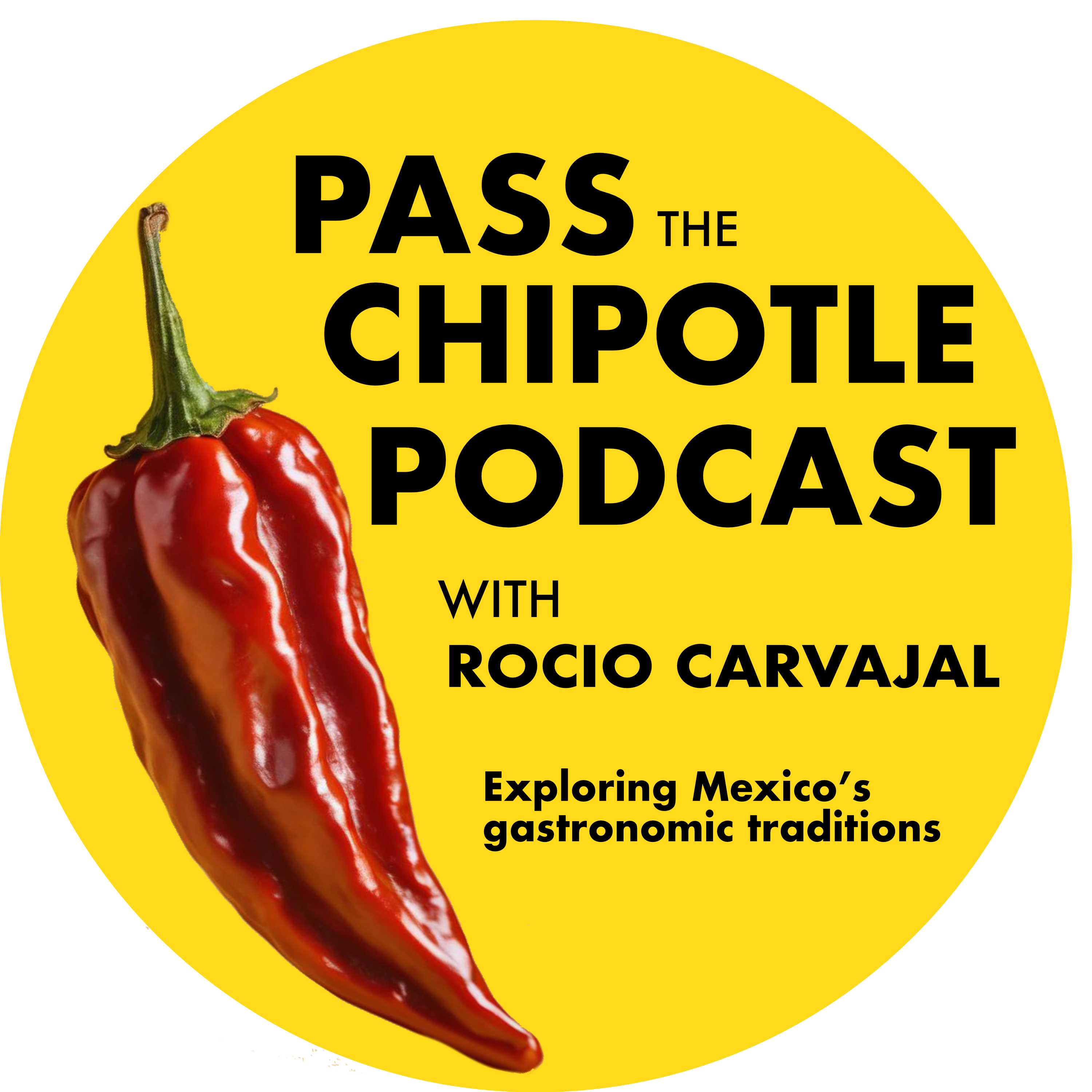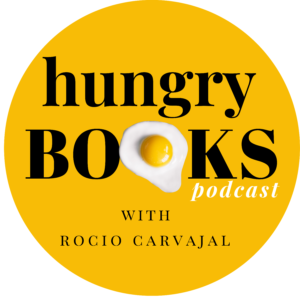
Getting personal about book writing
POST 6
During a writing class in my first year in college about 20 years ago, I asked a professor why did I do so poorly on a short-film screenwriting assignment, he calmly replied: Focus on learning the format and technique, you need yet to live, a lot to have things to write about. Boy, he was right… and wrong. Several years down the road I taught creative writing and literature to children and published a few compilations with there work. The unspoiled genius of a child’s eloquence to try to make sense of the strange and often irrational world they are waking up to is a truly amazing realisation of the creative mind’s essence. But what my professor was referring to wasn’t that I wasn’t capable of being creative he was talking about the depth and richness that life experience gives you, the way decisions change you, finding your voice, define the things that matter to you, be exposed to other worldviews.
Non-fiction writing is always personal, regardless of the subject, whether that’s history, economics or palaeontology, because it ultimately reflects our reasoning and understanding about a subject, even as we use quantitative research methods, we must interpret that data, and that involves who you are and how to focus your attention. For a long time, I deliberately focused my writing style to remain as objective as possible, avoiding cultural stereotyping and nostalgia or sentimentalisms that deviated from my main goal that was building a rich understanding of the multidimensionality within Mexican gastronomic traditions. I haven’t deviated from that, however, life went on and I indeed kept on living.
Just in the last four or so years my life has taken many turns, and they’ve come with many opportunities to explore and even foster newly discovered talents, it hasn’t come with its challenges and I have not been alone. Learning to be less protective of my work in order to let it speak to itself and reach its limits to understand where it needs to grow has been essential.
Writers tend to feel their work as another limb, that, of course, nourishes the creative process and it also cripples it if you don’t detach from it, and that is hard but necessary. In a previous post, I wrote about how reading is essential to help your writing evolve, but is equally essential to choose your reading material wisely and don’t feel too tempted to imitate everything that comes your way but let it widen your horizons.
Writing Mexico’s amazing market food! Has taken me to revisit many texts I read 5, 10, and even 20 years ago, and going back to them has given me a completely different read on them, they talk about life! And I’ve certainly accumulated some years since then. As I’ve shared before, one of the things that makes this book so special is that took myself *yet again* out of my comfort zone and created a personal narrative to take the reader through a journey through my own life and experiences while also reaching out to the anthropological and sociological resources that have defined my work.
Three books are very good examples of the perspectives that I’ve included in my current book, not only they speak about my way of analysing, but also the possibilities that come out of combining literary styles and narratives:
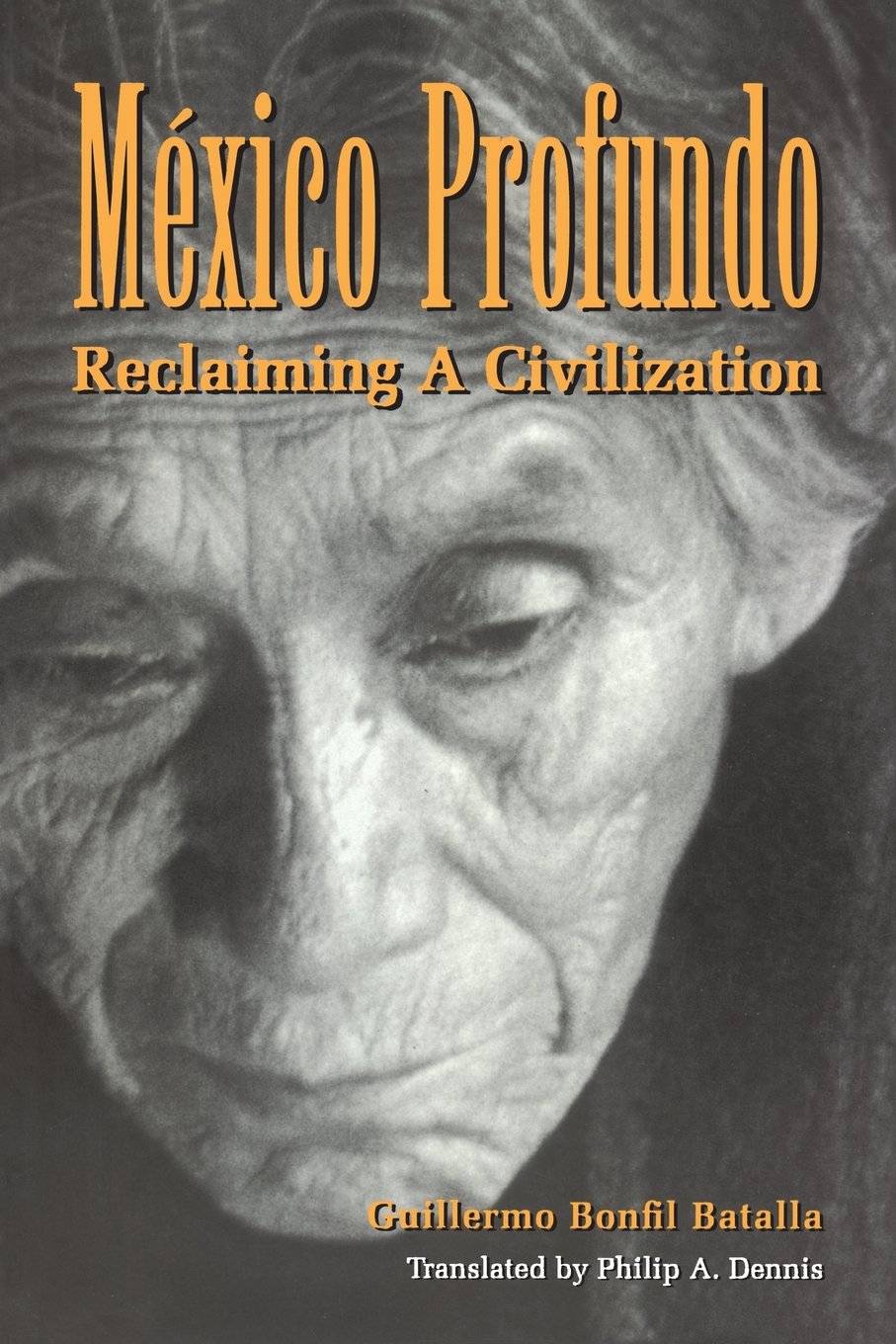 El México Profundo, Reclaiming a civilisation. (1987)
El México Profundo, Reclaiming a civilisation. (1987)
By Guillermo Bonfil Batalla
University of Texas Press
The work of Mexican Ethnologist and anthropologist Guillermo Bonfil Batalla transformed forever the traditional school of thought about studies in nationhood and cultural identity, presenting for the first time in history (1987) a radical understanding of the social dynamics between racial groups in Mexico, a topic never explored before in direct form.
“Mexico profundo” or Deep Mexico, studies how the descendants of the ancestral indigenous tribes whose traditions, language and identity survived the trauma of colonisation, marginalisation and cultural disenfranchisement, largely due to the fact that this identity was deeply rooted in cultural practices such as rituals, social organisation, cosmovision and language, all intangible expressions that survived the physical destruction of the ancient world.
And this reality, Batalla says coexists with another imagined Mexico, the elusive project of a nation that was envisioned by colonisers who tried to replicate a European society that lacked all historical and cultural context and hence, it never quite materialised. Over 500 years the relationship between natives and outsiders caught the mixed heritage population in a never-ending quest to define itself in binary terms, not for what they are but what they are not (while being both).
While this book was groundbreaking in its time, it also helps us better frame and understand the constantly evolving social reality of the country, and even stretch its analysis to analyse how modern emigration and immigration have added significantly complex layers to our cultural configuration.
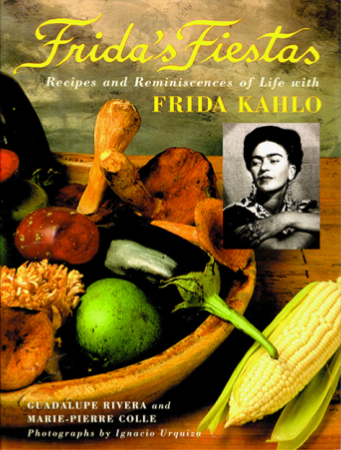 Frida’s Fiestas: Recipes and Reminiscences of Life with Frida Kahlo
Frida’s Fiestas: Recipes and Reminiscences of Life with Frida Kahlo
By Marie-Pierre Colle & Guadalupe Rivera
Clarkson Potter, 1994
Food memoir as a literary genre in itself is nothing new and it brings together writer and reader in ways that no other genre does. They are meant to make the reader an accomplice, it is rich and detailed narrative, fuelled by sensory and emotional descriptions aimed to transmit, re-imagine and immerse the reader into passages of the writer’s life. For decades, Frida Kahlo was known in Mexico as the exotic muse and wife of muralist and social activist Diego Rivera, and daughter of the renown German photographer Wilhelm Kahlo. It wasn’t until the 1980s when writers, theatre directors, cinematographers and visual artists re-discovered Frida, and then things started happening.
Nowadays there are hardly any mentions of Diego in the dozens of exhibitions of Frida’s work around the world. Much after her death, she finally became a recognised iconoclast in her own right, then taken as a symbol of radical feminism by some and as a social radical by others, I suppose we will have yet to let the dust settle down to stop pinholing her. But what this book offers in an unpretentious and powerful way of seeing Frida through the eyes of a child who saw her as a second mother.
Guadalupe Rivera was the daughter of Diego’s first marriage and happily adjusted to her parents’ amicable relationship after they split, which gifted her with two homes. Understandably we can’t assume that the family life of two of the most transcendental artists of modern Mexico wasn’t average by any extent, their volatile temper and commitment to pushing the limits of art as a tool of social transformation made them unique.
Guadalupe or “piquitos” as she was nicknamed, presents us with a gastronomic family calendar to eat our way through a year in the intimate life of Diego and Frida. Through Guadalupe’s eyes we take part in Christmas dinners, birthday parties, weddings, Day of the Dead celebrations, professional milestones and memorable family gatherings that took place at the iconic blue house, intellectuals, artists, musicians, and activists where frequent guests. These delicious anecdotes opened up a whole new world that humanises two larger than life figures and the love and pride Frida put into celebrating her love for Diego, life and Mexico through feasting.
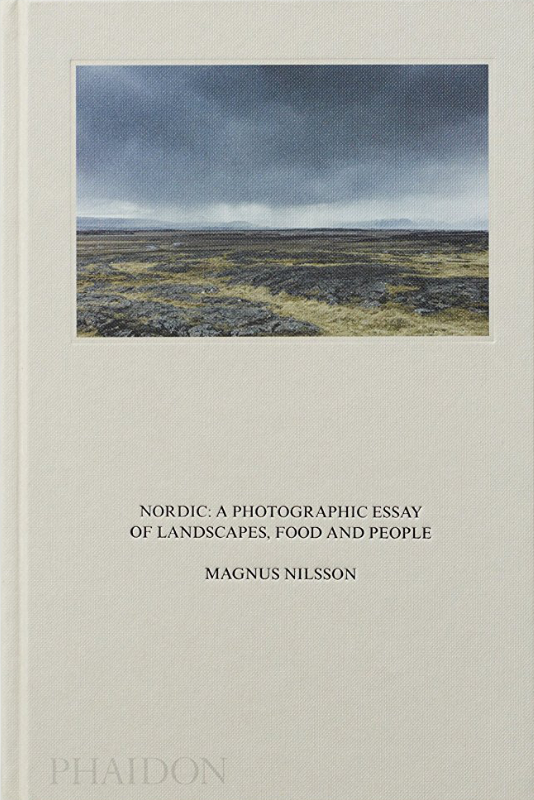 NORDIC: A PHOTOGRAPHIC ESSAY OF LANDSCAPES, FOOD AND PEOPLE
NORDIC: A PHOTOGRAPHIC ESSAY OF LANDSCAPES, FOOD AND PEOPLE
By Magnus Nilsson
Phaidon Press, 2016
Swedish chef Magnus Nilsson defies the convention of superstar chefs. While his internationally celebrated genius has landed him front covers in every major food magazine and the indispensable features on Netflix and PBS’ top food series, Magnus, stays away of the incessant babble fo the media’s fetishisation of food and those who make it, and quietly spends most of his time creating gastronomic alchemy in the remote mountains of Jämtland where the two Michelin star Fäviken Magasinet a restaurant with accommodation is located.
This book is a subtle yet bold statement of Swedishness, a minimal yet hugely telling photographic essay that distills what Nordic food culture is, “The Nordic is a geographical region, not really a cultural region,” the commonality of his approach to understanding gastronomy in the Nordic region and the way I understand Mexico’s own has turned into an unexpected source of inspiration, considering that: [in Sweden] everything that has shaped food culture in the area is also a big part of the way people live, exactly in the same way it does in Mexico.
This little aesthetically stunning work is the brainchild of his Opus magnum “The Nordic Cookbook,” it shows the research, travels, encounters with people and communion with the landscape, which in Sweden is almost a family member if not an alter ego.
So you want to write a book about food? Great! After surviving defining what do you want to write about, the genre and focus you will use, I suggest that before hitting the keyboard you go hit the bookshops. Find at least three or four books that explore either broadly or specifically that same subject or approach you are interested in, read them, make notes of all the aspects that you think make those books great. After you’ve finished reading, draw diagrams or lists to identify how can you best combine those approaches and make them work with your own skills, and experience. Use that as an inspiration to layout the roadmap for your work with a consistent voice that’s authentic and will truly help you make the most of what you have to offer and how to better communicate it.

